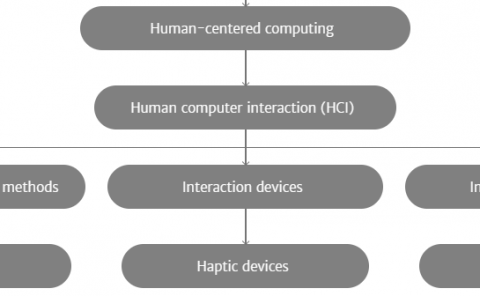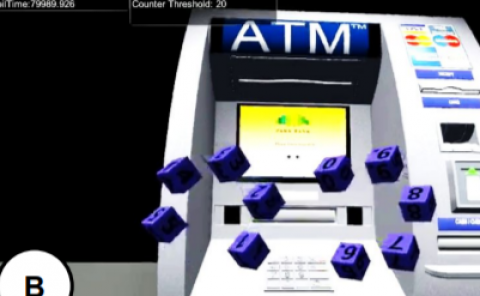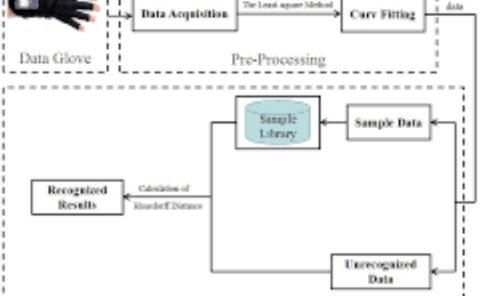An Explainable Machine Learning Approach for Cognitive Load Detection in Virtual Reality Using Eye Tracking Data
PubDate: June 2025
Teams:Soochow University,Taiyuan University of Technology,Technical University of Munich
Writers:Hong Gao, Yapeng Gao, Enkelejda Kasneci
Abstract
Accurate cognitive load (CL) detection during virtual reality (VR) locomotion is critical for enhancing user experience and improving interaction design. Traditional CL assessment methods, such as self-reports and physiological measures, face challenges in VR environments. Eye tracking has shown potential as a reliable indicator of CL across various human-computer interaction (HCI) tasks. It offers significant promise as a discriminative feature for predictive models in VR. This study explores the feasibility of detecting CL induced by VR locomotion using an explainable machine-learning approach along with eye-tracking techniques. A comparative user study employing a within-subjects design evaluated five unique gait-free locomotion techniques. Statistical analysis revealed distinct CL levels across these locomotion techniques. Several machine learning models were developed for CL detection using eye-tracking data, with the Light Gradient Boosting Machine (LightGBM) achieving the highest accuracy of 0.78. The SHAP approach was employed to analyze the importance of features to provide interpretability, offering insights into the machine learning model's decision-making process. Our findings highlight the potential of using eye-tracking-based machine learning techniques as a practical approach for cognitive load detection in VR, contributing to the growing research in multimedia analytics, human perception, and user intent within immersive environments. Additionally, our work demonstrates how eye-tracking data can be leveraged to improve user interactions and optimize immersive multimedia experiences based on cognitive load analysis.



